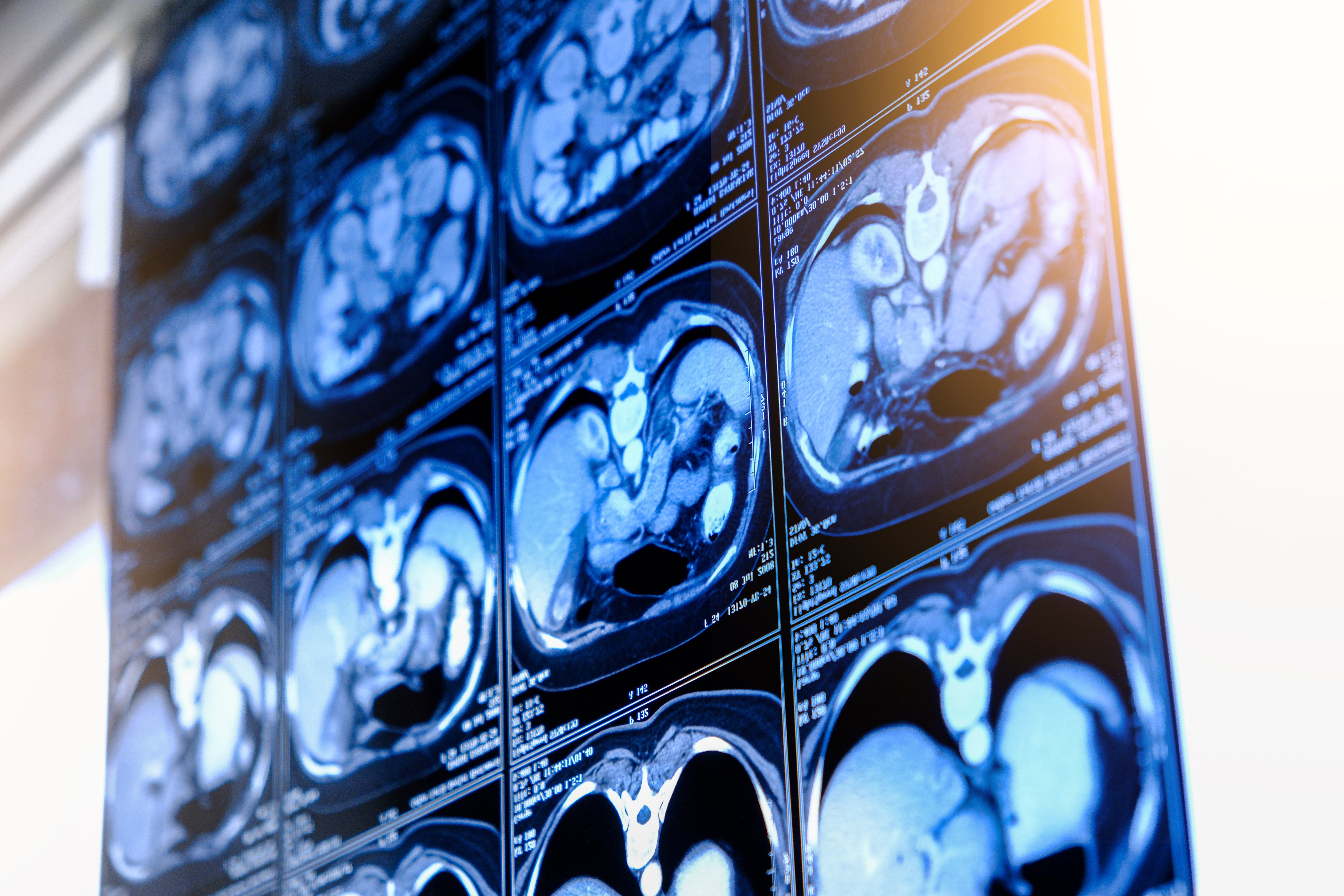
(Vienna, 30-10-2023) Despite its diagnostic superiority, computed tomography (CT) has not yet established itself as a primary method for the most frequent indications that require an imaging examination of the chest in emergency medicine. Chest X-rays (CXR) are still the most frequently used method mainly due to low costs and a very low radiation dose. In a recent study at the Medical University of Vienna, a new type of CT technology was confirmed as a genuine alternative: Ultra-Low-Dose CT (ULDCT) offers many advantages of a standard chest CT (e.g., no superposition) at a significantly lower radiation dose of only two standard CXR examinations. The research work was recently published in the renowned journal "eClinical Medicine," part of The Lancet Discovery Science series.
Widespread availability, short reporting time, low costs and, above all, comparatively low radiation exposure make chest X-ray (CXR) the currently preferred radiological imaging modality for a wide range of indications in emergency medicine. Although the sensitivity and specificity of standard dose chest CT is clearly superior to CXR, the markedly higher average radiation dose of standard CT has so far prevented it from its use as a primary imaging modality of the chest in patient groups with low disease prevalence. However, recent advances in CT technology have significantly reduced the radiation dose for non-contrast-enhanced ULDCTs of the chest. The radiation dose of a ULDCT is now almost equivalent to that of only two standard CXR examinations (in two views), virtually eliminating this disadvantage. This development now allows the consideration of ULDCT of the chest as a diagnostic alternative to conventional radiography in non-traumatic patients in an emergency department. "At the same time, the question arose whether ULDCTs of the chest at such a low radiation dose would still offer the assumed diagnostic advantage of CT compared to CXR, and whether the resulting findings would be of additional clinical relevance," says first author Christian Wassipaul (Department of Biomedical Imaging and Image-guided Therapy at Medical University of Vienna), summarising the initial questions the currently published study set out to address, which was conducted in cooperation with the Department of Emergency Medicine at Medical University of Vienna.
To clarify this question, the research group developed a prospective study design with a low risk of bias and that was feasible in the clinical routine of an emergency department and a radiology department. This allowed precise information to be obtained about the detection rate of findings and diagnoses of both modalities and, above all, about their individual clinical relevance for the respective hospital stay. "In this prospective crossover cohort study of emergency department patients with low disease prevalence, we found that the clinical value of ULDCT of the chest is superior to CXR at a radiation dose of only two standard CXR examinations," says principal investigator Helmut Ringl (Department of Biomedical Imaging and Image-guided Therapy at Medical University of Vienna; Department of Diagnostic and Interventional Radiology, Clinic Donaustadt). “The improved detection rate of ULDCT examinations supports clinicians in finding the precise diagnosis. Therefore, implementation of this imaging method in clinical routine of emergency medicine appears to be useful and desirable,” Karin Janata-Schwatczek (Department of Emergency Medicine at Medical University of Vienna) confirmed.
The observed benefits in terms of detection rate, including twice the percentage of directly detected main diagnoses, suggest that ULDCT may be used as one of the primary imaging modalities in emergency medicine in the future, if resources are available, the researchers said. Since resources are scarce at many institutions, further analyses are needed to determine the economic rationale and optimal range of indications for a broader substitution of CXR by ULDCT.
Publication: eClinical Medicine (The Lancet Discovery Science)
Ultra-low-dose CT vs. chest X-ray in non-traumatic emergency department patients – a prospective randomised crossover cohort trial
Christian Wassipaul, Karin Janata-Schwatczek, Hans Domanovits, Dietmar Tamandl, Helmut Prosch, Martina Scharitzer, Stephan Polanec, Ruediger E. Schernthaner, Thomas Mang, Ulrika Asenbaum, Paul Apfaltrer, Filippo Cacioppo, Nikola Schuetz, Michael Weber, Peter Homolka, Wolfgang Birkfellner, Christian Herold, Helmut Ringl
Doi: https://doi.org/10.1016/j.eclinm.2023.102267